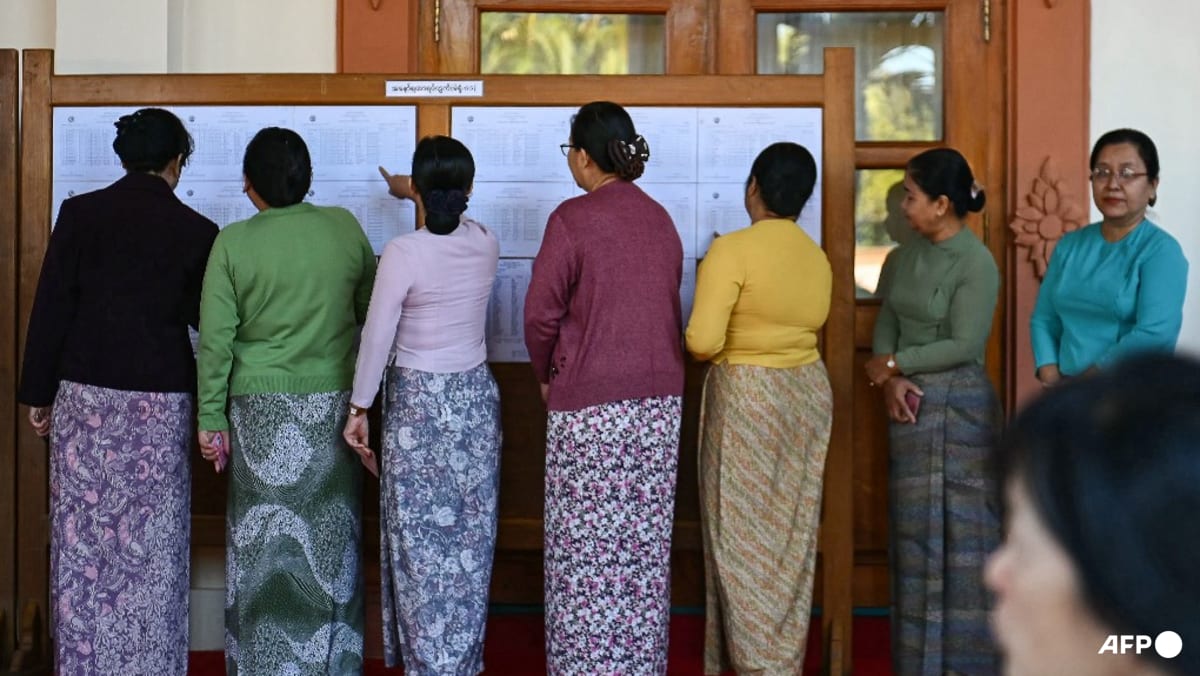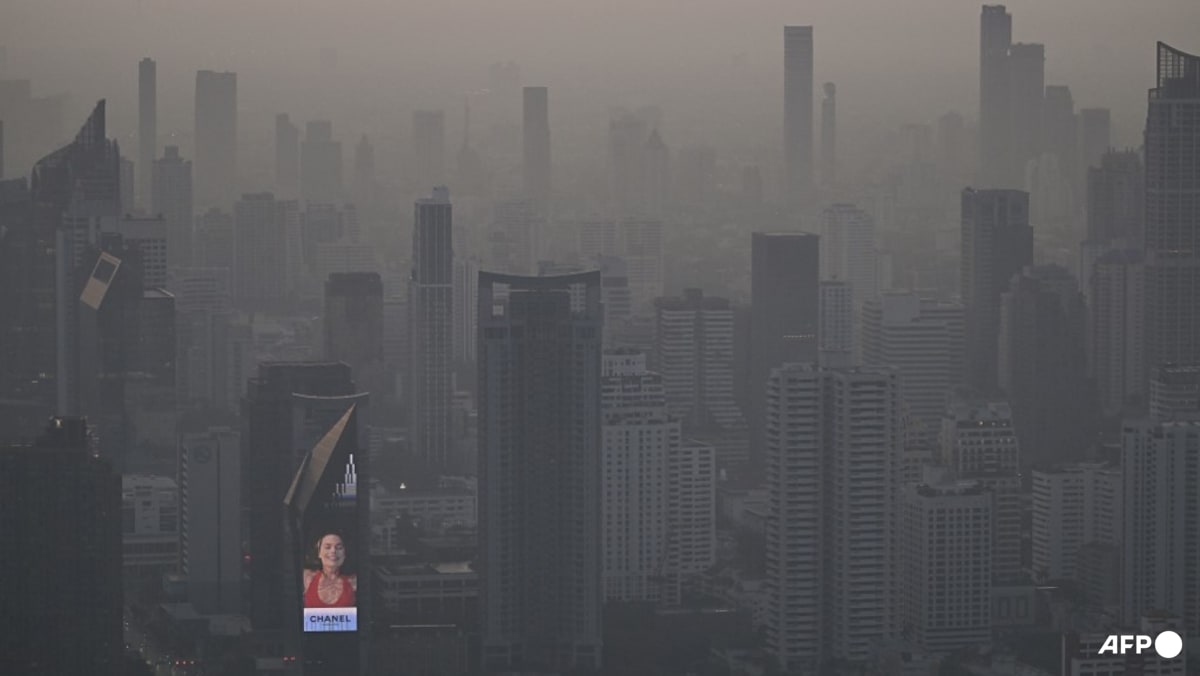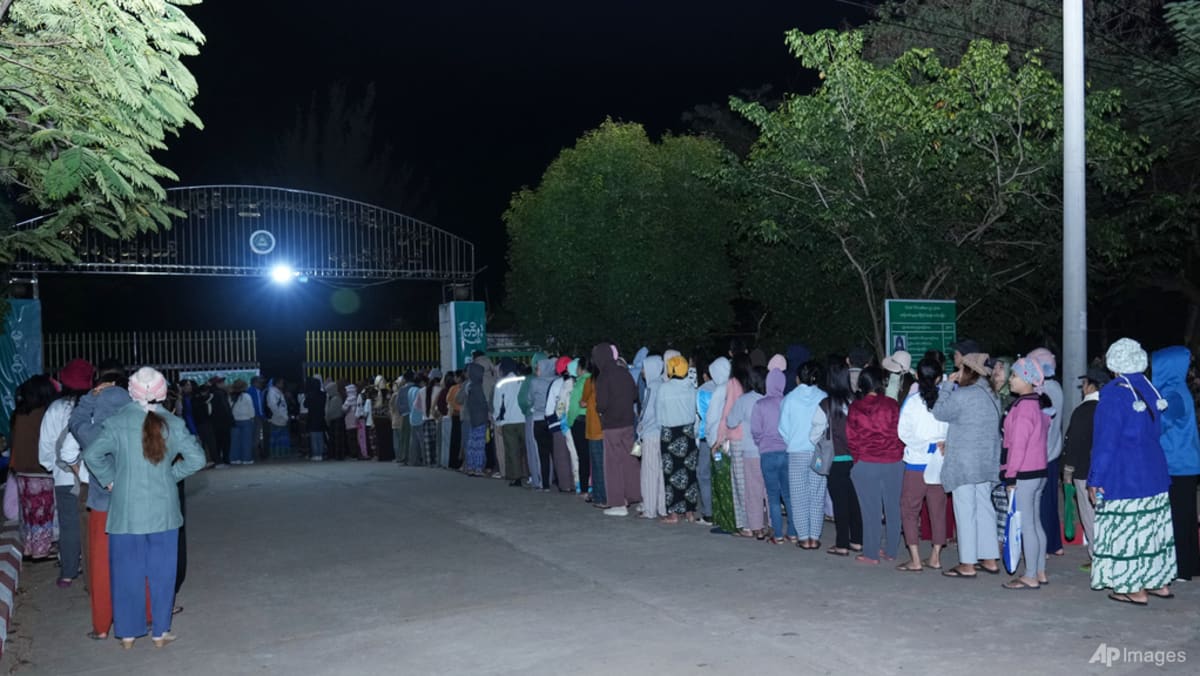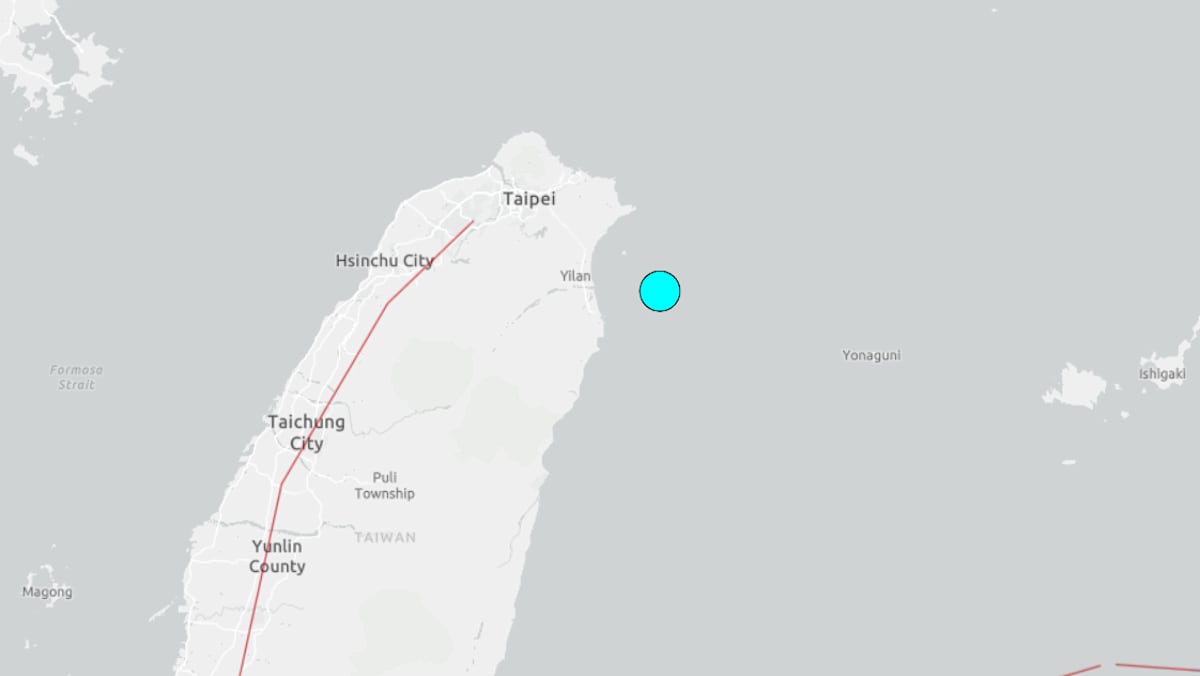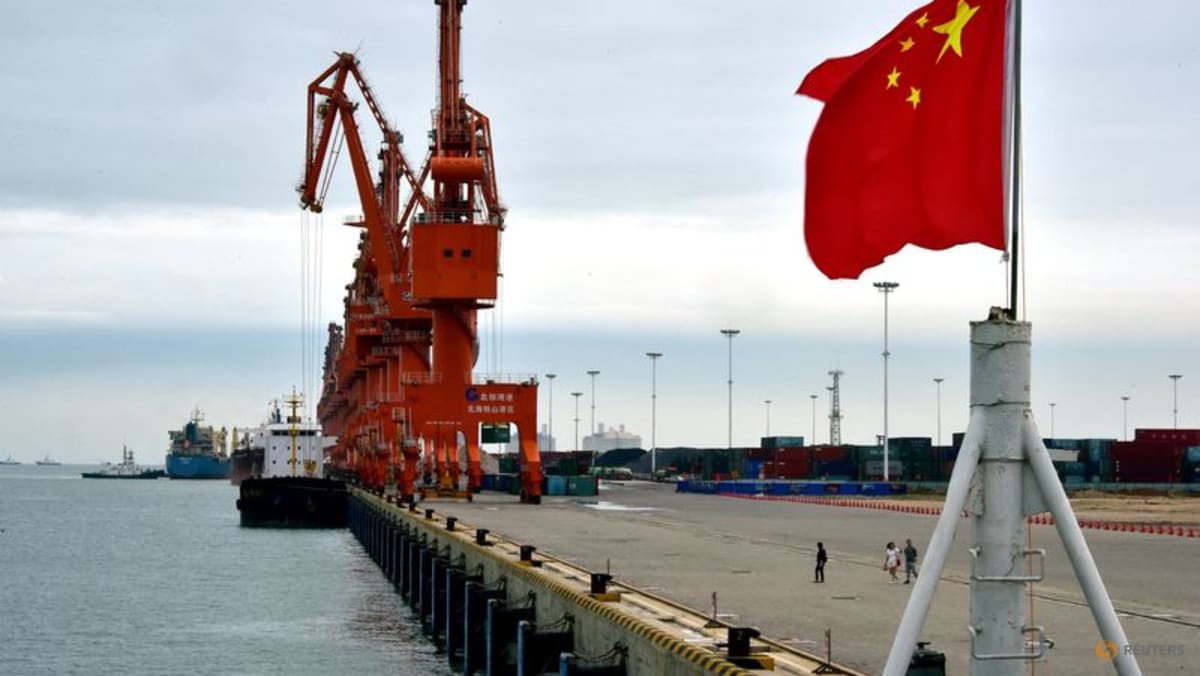Malaysia expected to roll out targeted subsidies to better help lower-income group in 2024 budget

BUDGET 2024
Malaysian Prime Minister Anwar Ibrahim, who will be tabling Budget 2024 in parliament on Friday (Oct 13), is expected to announce details on subsidy rationalisation to better help those in the lower-income group like Ms Rini and Mr Yunas without neglecting middle-income earners.
In a recent interview with CNA, Mr Anwar, who is also finance minister, said the current subsidy programme that ran up to US$17 billion last year is plagued by leakage and wastage and is not sustainable.
Half of fuel subsidies are said to benefit the rich.
“The country cannot continue with this total dependence on obsolete policies of just giving handouts, subsidies which are no longer tenable,” he said.
He has tasked Minister of Economic Affairs Rafizi Ramli to develop a mega database with real-time information from multiple agencies profiling about 10 million households.
The system, known as PADU, is expected to be ready in January and will provide a basis for targeted subsidy rollout with consideration of factors like combined income, household size, locality and the distance to work and school.
PEOPLE WANT “QUICK WINS”
However, it remains to be seen if Mr Anwar’s administration has the capacity and political will to see it through.
“The problem is that people want quick wins. These reforms might take some time. If you’re going to do targeted subsidies and GST (goods and services tax), on the fiscal consolidation side, the cost of living might actually increase over the short term,” said CEO of public policy think tank Institute for Democracy and Economic Affairs Tricia Yeoh.
“The government is in a little bit of a bind because the concern is the Malay community will actually be very quickly won over by the critique (of) PN and PAS as opposition,” she added.
While the government has no immediate plan to reintroduce the goods and services tax, it is committed to achieving the target of reducing the fiscal deficit to 3.5 per cent of gross domestic product by the end of 2025.
Source: CNA





